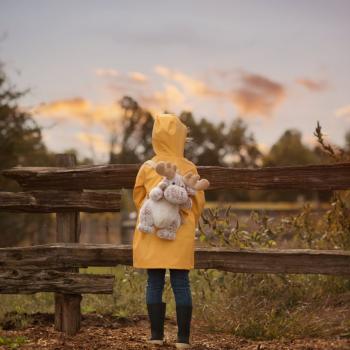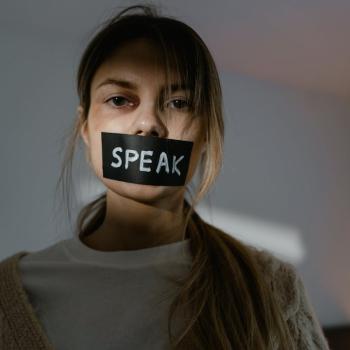
A few years ago, I began what most people would call a deconstruction. I am okay with that term because, it felt like demolition and it seemed necessary. My old moldy beliefs were only making my life more toxic and some of the interior walls had to come down. As one belief would be removed, it revealed another problem that had to be addressed until I was left with a shell of a faith—good “bones” as they say, but a lot of work to do.
If deconstruction is the first step, then, reconstruction must be the next, right? Maybe.
The history of reconstruction
Some of us think about deconstruction / reconstruction as something new. But people like Phyllis Tickle talk about how the church has a rummage sale about every 500 years. But even more often than that, people go through this process all the time. It is one reason we have so many versions of denominations and disagreements about the tenants of faith.
Often, there is a misconception that we are moving forward when what we are really doing is going backward. In modern times, we observe churches that want it to be like the good ole’ days (whatever that is), but we also see people trying to return to the 1st century or remodeling the house into a more “orthodox” design. Retro trends are not just popular with clothing, we repeat the pattern consistently in religion. We tear the house down and put the old wallpaper back on the walls and call it progress.
We have new information
Most religious people feel a bit of anxiety when the house is bare bones. There is a rush to get the house back together, so we resort to past models that seemed to work. But we forget that we are gaining new information all the time.
For example, advances in psychology have been astronomical in the past 100 years. When we get our cues from blueprints written by people that did not yet know these things, we can reconstruct with old knowledge and what we put back together is often just a slight modification from what we already had. Our new understanding of cosmology and science and human behavior all must be considered. It is important to consider all new information instead of just reconstructing an older version of what we have now. It seems like authenticity, but it’s not.
Putting it back together
When the walls are bare, it makes us uneasy. We rush to put it back together, thus the term reconstruction. For many of us, there was a loss of income or fellowship or just a general direction for our lives. We want a new system or theology or practice that works. Because it makes us uncomfortable to not have the same certainty, we start to erect new boundaries and develop new methodologies and sometimes recreate the same problems.
To switch metaphors, my friend Jason Elam likes to describe the spiritual life as a river. Instead of letting it flow and expand and go where it needs to go, we dam it up into a lake that has the potential to become once again stagnant. The boundaries are comforting, but they limit the ability to grow and explore and discover.
Going forward
Maybe the plan to move forward involves leaving a fair amount of “I don’t know” in our conversations. Instead of reconstructing the old structure, why can’t we just commit to the evolution of our spiritual lives? I hope we can remain open as we adopt new practices and understandings, so that we don’t just defend what we understand but we keep discovering new things. I also long for us to be present enough that we do not have to recreate the past or fear the future.
By staying open and optimistic and committed to evolution, I think we will find real authenticity!
Karl Forehand is a former pastor, podcaster, and award-winning author. His books include Apparent Faith: What Fatherhood Taught Me About the Father’s Heart and the soon-to-be released Tea Shop. He is the creator of The Desert Sanctuary and Too Many Podcasters podcasts. He is married to his wife Laura of 32 years and has one dog named Winston. His three children are grown and are beginning to multiply!

Support us on Patreon * The Desert Sanctuary Website
Photo by Chait Goli from Pexels













